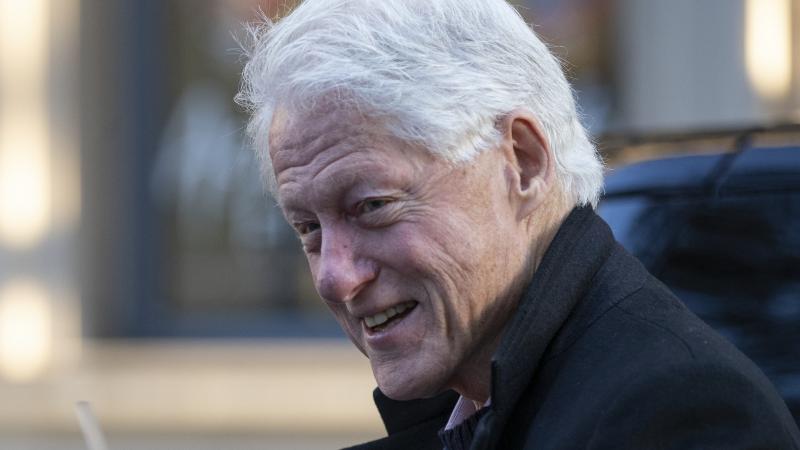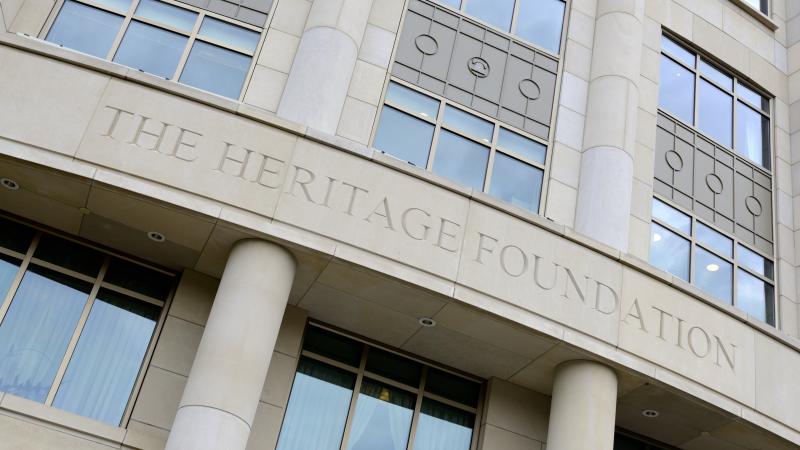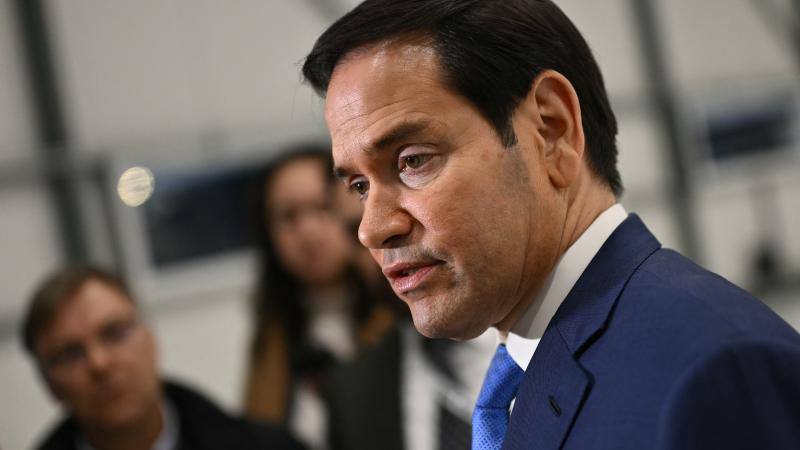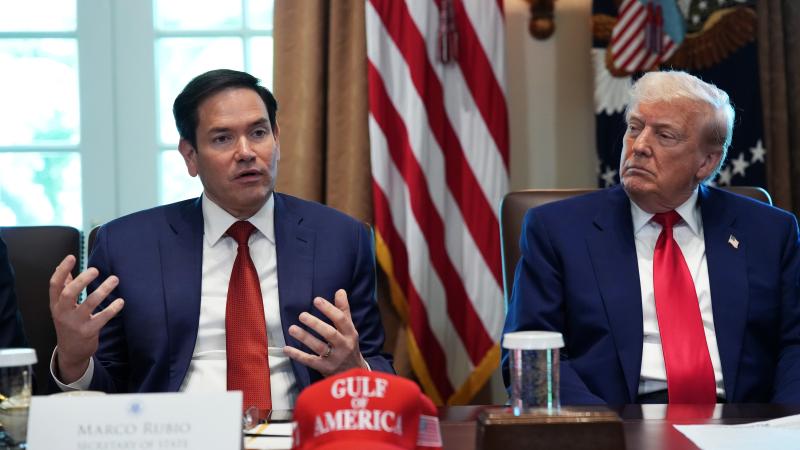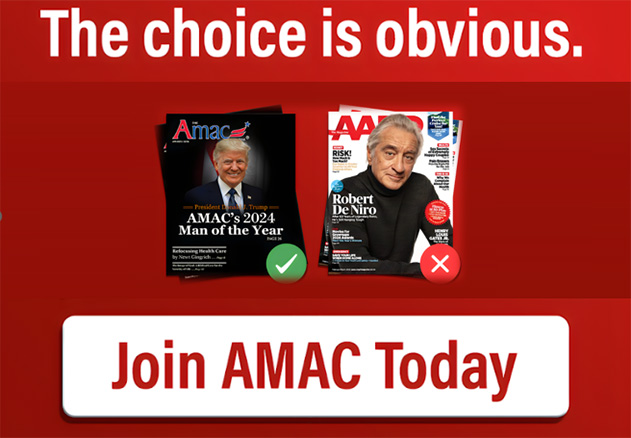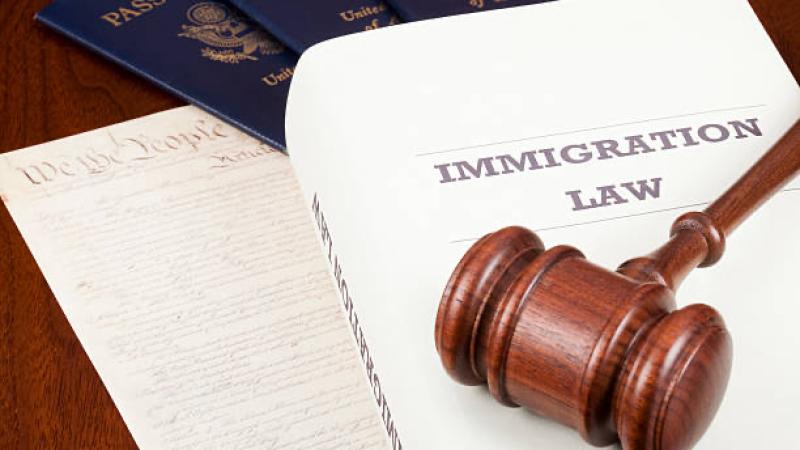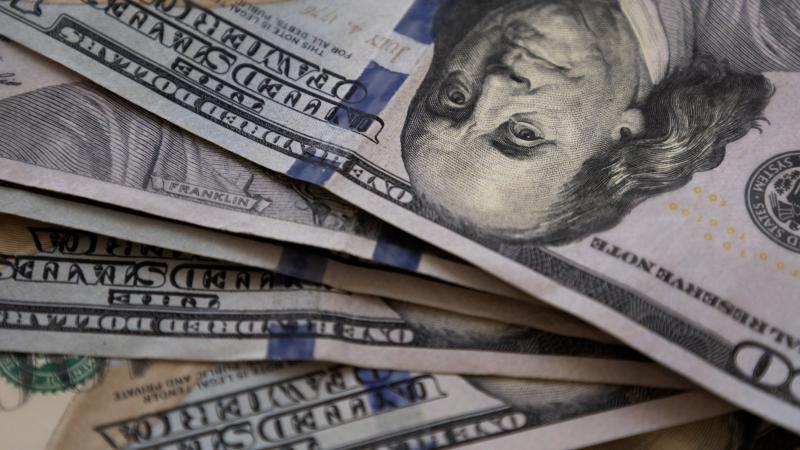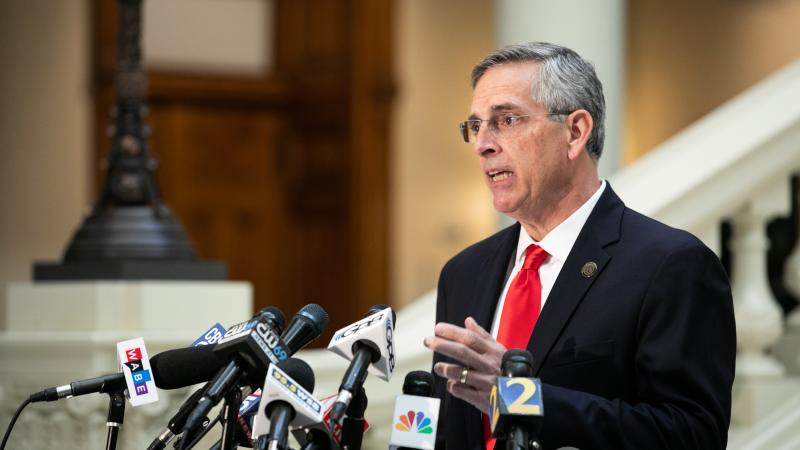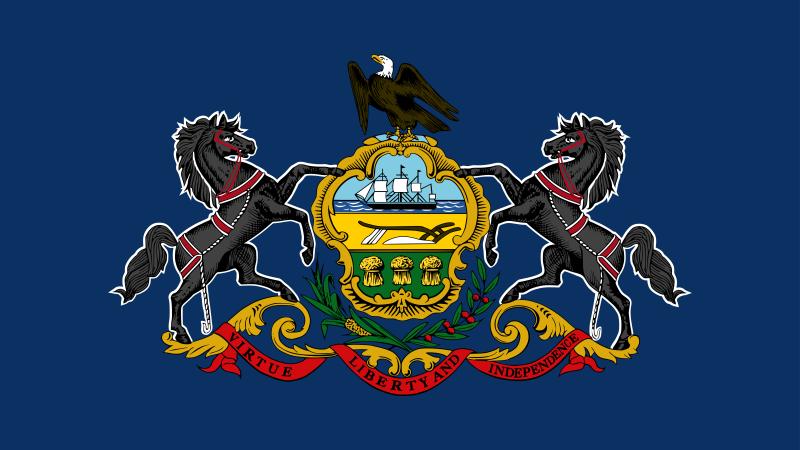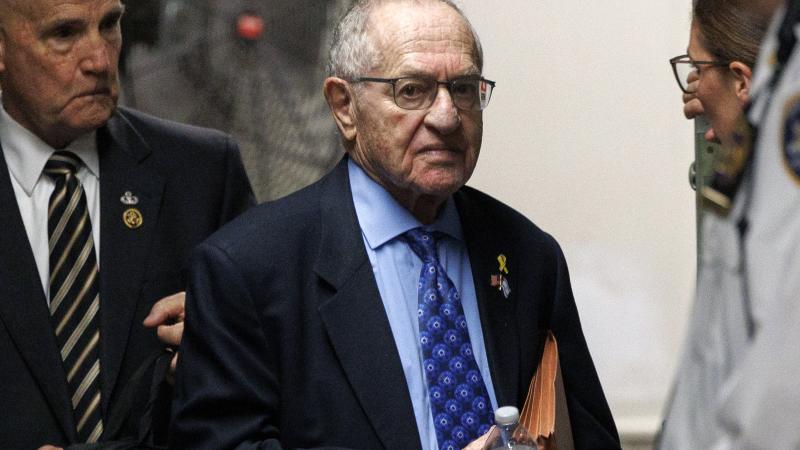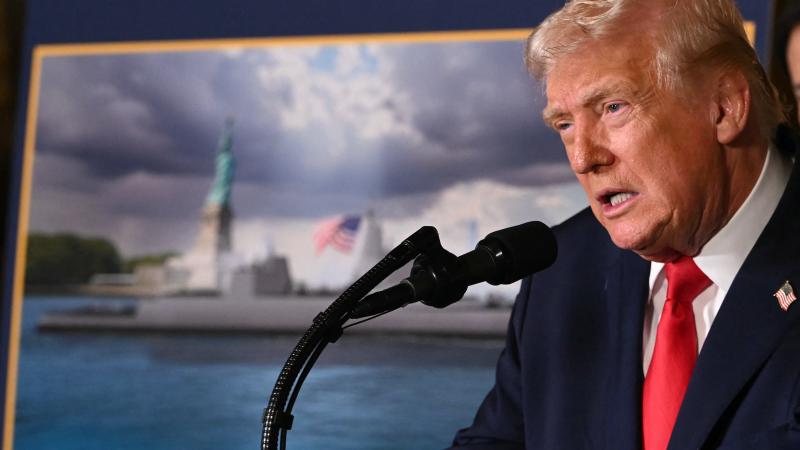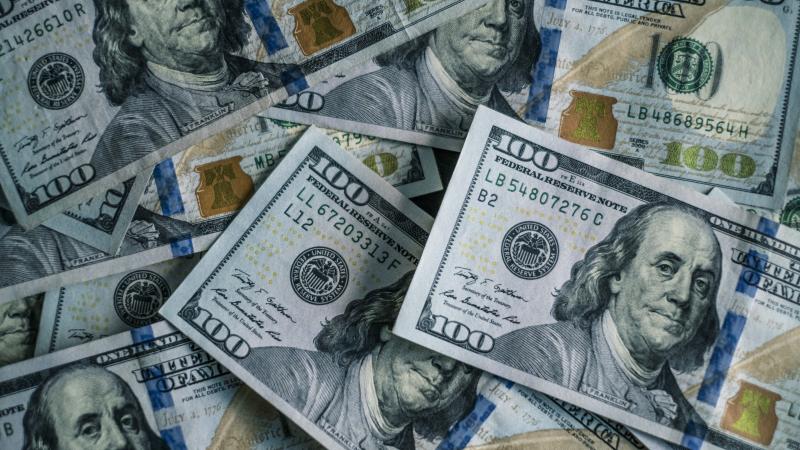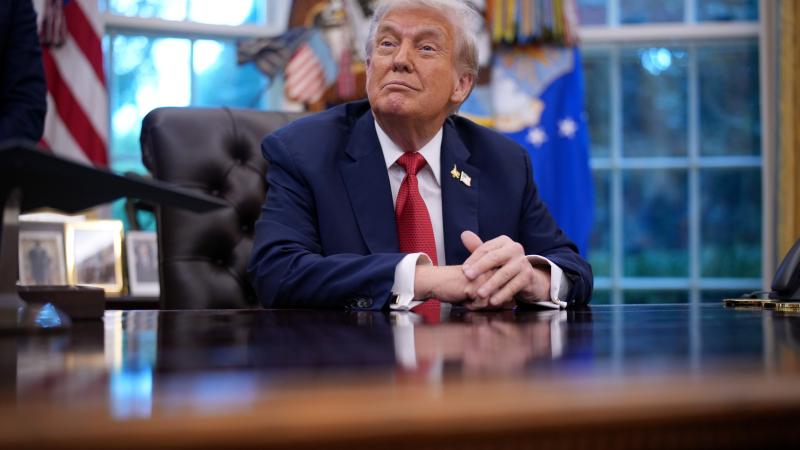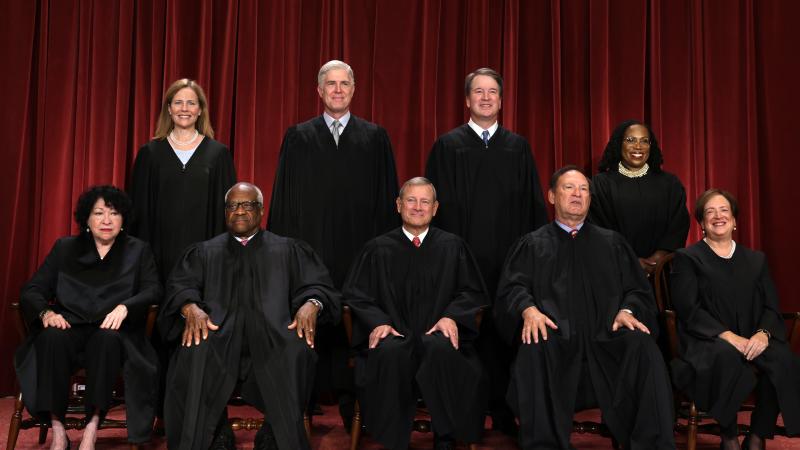Zelensky visit a rerun of August: Lots of hope, little detail
Tomahawks and territory: Trump teased that Zelensky could indirectly participate in a planned summit with Putin in Hungary, with President Viktor Orban hosting the event, but nonnegotiable items present an uphill climb..
Ukrainian President Volodymyr Zelensky’s visit to the White House on Friday saw renewed hope to end the ongoing Russian invasion, despite the situation remaining essentially unchanged from his last visit to Washington, which prompted similar talk.
Zelensky last came to Washington in August in something of a redo of a February visit with Trump that saw him trade barbs with Vice President JD Vance and face chastisement for not wearing a suit. In the August trip, Zelensky returned with a suit and the visit progressed with little incident. Zelensky signaled openness to trilateral talks with Russian President Vladimir Putin and the media hyped the prospect of an imminent peace.
Tomahawks and territory on the agenda
The Friday visit was almost a complete rerun of the August trip, albeit with discussions over Tomahawk missiles taking the place of the security guarantees question that shaped his prior visit. Trump repeated his insistence that Putin hoped to reach an agreement. Zelensky emphasized the importance of a ceasefire and western security guarantees for Ukraine. Both parties offered few public details and the questions of NATO membership or territorial concessions remained unanswered.
"The meeting with President Volodymyr Zelenskyy of Ukraine was very interesting, and cordial, but I told him, as I likewise strongly suggested to President Putin, that it is time to stop the killing, and make a DEAL!" he posted on Truth Social after the meeting. "Enough blood has been shed, with property lines being defined by War and Guts. They should stop where they are. Let both claim Victory, let History decide! No more shooting, no more Death, no more vast and unsustainable sums of money spent. This is a War that would have never started if I were President."
Though Trump teased that Zelensky could indirectly participate in a planned summit with Putin in Hungary, with President Viktor Orban hosting the event, Trump also hinted at a Putin-Zelensky meeting after the Russian leader came to Alaska. No such meeting resulted from either diplomatic visit.
The "nonnegotiable" issues for both parties
“I would say most likely it's going to be a double meeting. It'll be a double meeting, but we will have the president Zelensky in touch. There's a lot of blood, bad blood with the two presidents,” he told reporters at the Friday meeting. “These two leaders do not like each other, and we want to make it comfortable for everybody. So one way or the other, we'll be involved in threes, but it may be separated.”
At present, there is little reason to think that negotiations have found a way to address the nonnegotiables of either belligerent. The Russians formally annexed four Ukrainian provinces in 2022, not including Crimea, and consider their total handover to be a minimum demand. Ukraine is unwilling to cede territory and Zelensky has said his country’s constitution forbids it. NATO membership, meanwhile, was the official Russian cassus belli and Zelensky has not expressed willingness to abandon his ambitions for Kyiv to join the bloc.
Two things, however, do appear to have changed since Zelensky’s last visit. One, the Russian position on the battlefield has improved considerably. Since August, the Russians have managed to seize nearly all of the critical logistics hub of Kupyansk, advanced in the border city of Vovchansk, nearly encircled the long-held frontline city of Siversk, have entered the Ukrainian fortress belt at Kostiantynivka, and appear poised to assault Lyman in the coming weeks. This is, of course, to say nothing of the ongoing siege of Pokrovsk, the capture of which could enable the Russians to envelop the entire Ukrainian force in Donbas.
Tariffs as a diplomatic tool
On the global front, however, things could be viewed as marginally better for Ukraine in that Trump has significantly ramped up his tariff pressures on China and India, at least in part with the aim of forcing them to divest from Russia. The Muscovite war machine has managed to press on despite international sanctions largely due to the BRICS economic bloc refusing to participate, a decision that has kept the Russian economy afloat. Trump’s spat with China saw him impose a 100% tariff on imports over a planned export control measure by Beijing. On the Indian side of things, Trump has repeatedly claimed that Indian Prime Minister Narendra Modi assured him that New Delhi would stop purchasing Russian oil. He further claimed that the country had already significantly reduced its purchases.
No Indian news outlet, nor any official of the Modi government have confirmed either element and a foreign ministry spokesman outright denied any knowledge of such talks between Trump and Modi. Reuters, however, reported on Thursday that it found no evidence to corroborate Trump’s claims of a reduction in Indian purchases.
Taking Trump at his word, however, such a move would put considerable pressure on the Russian economy and potentially encourage Putin to agree to fewer concessions on Ukraine’s part to end the war. But since the status of India’s oil purchases remains nebulous, so too does any potential impact on the immediate situation.
Trump himself remained characteristically optimistic about striking a deal, however, and opined that he believed Putin’s own eagerness to end the conflict would help carry the day.
“I think that President Putin wants to end the war, or I wouldn't be talking this way. I think he wants to end the war,” he said. “I spoke to him yesterday for two and a half hours. We went through a lot of details. He wants to get it ended. I think that President Zelensky wants to get it ended. Now we have to get it done.”
Ben Whedon is the Chief Political Correspondent at Just the News. Follow him on X.
